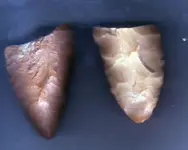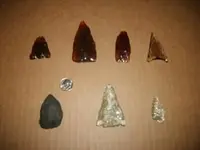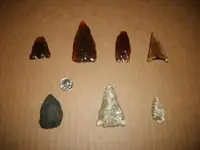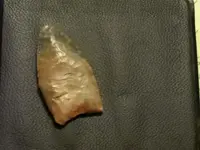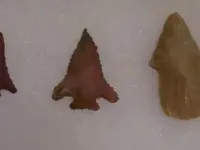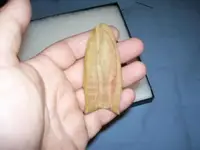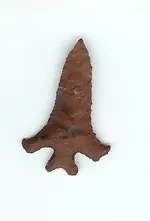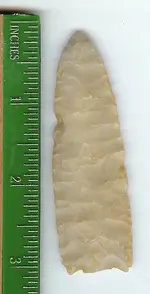- Joined
- Jan 6, 2006
- Messages
- 20,844
- Reaction score
- 2,534
- Golden Thread
- 0
- Location
- SE Louisiana
- 🏆 Honorable Mentions:
- 1
- Detector(s) used
- Garrett AT Pro, Ace 250 & Ace 400
- Primary Interest:
- All Treasure Hunting
These are not the best, they're scanned. I noticed the one on the left has a finer knapping than the one on the right. Does that mean a more experienced person did these or what? Sorry, the rest are in display cases "glued" down. I will post pics when I finish, and again when they get displayed at the local library.
 RR
RR
 RR
RRAmazon Forum Fav 👍
Attachments
Upvote
0



